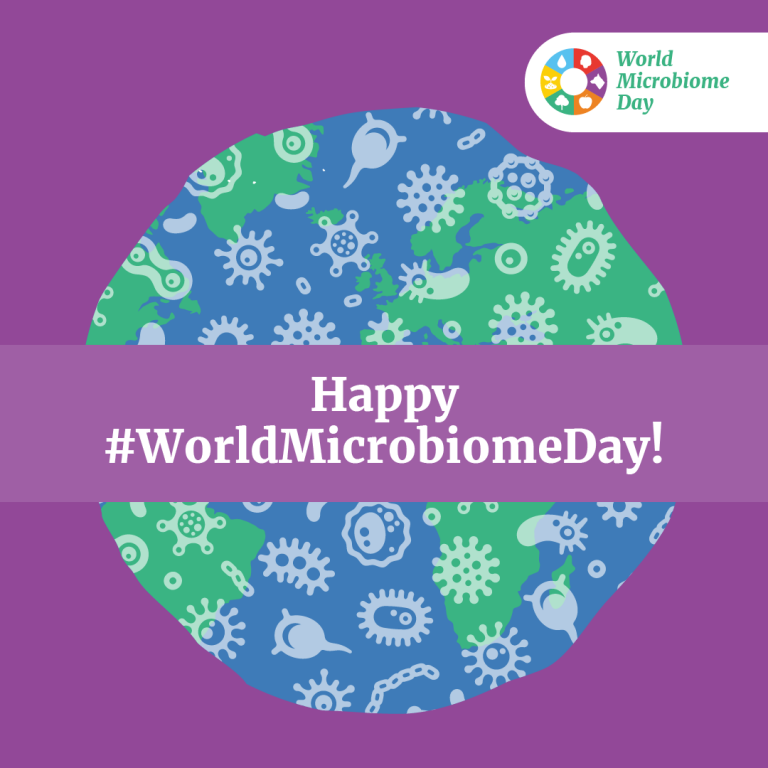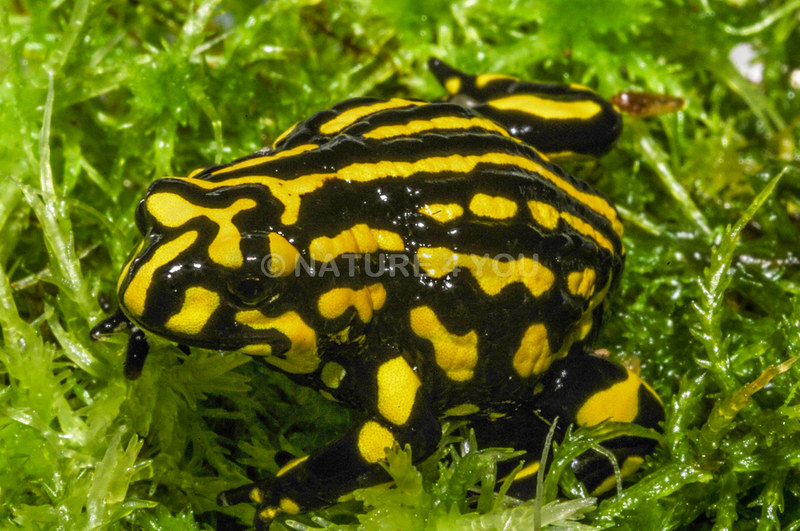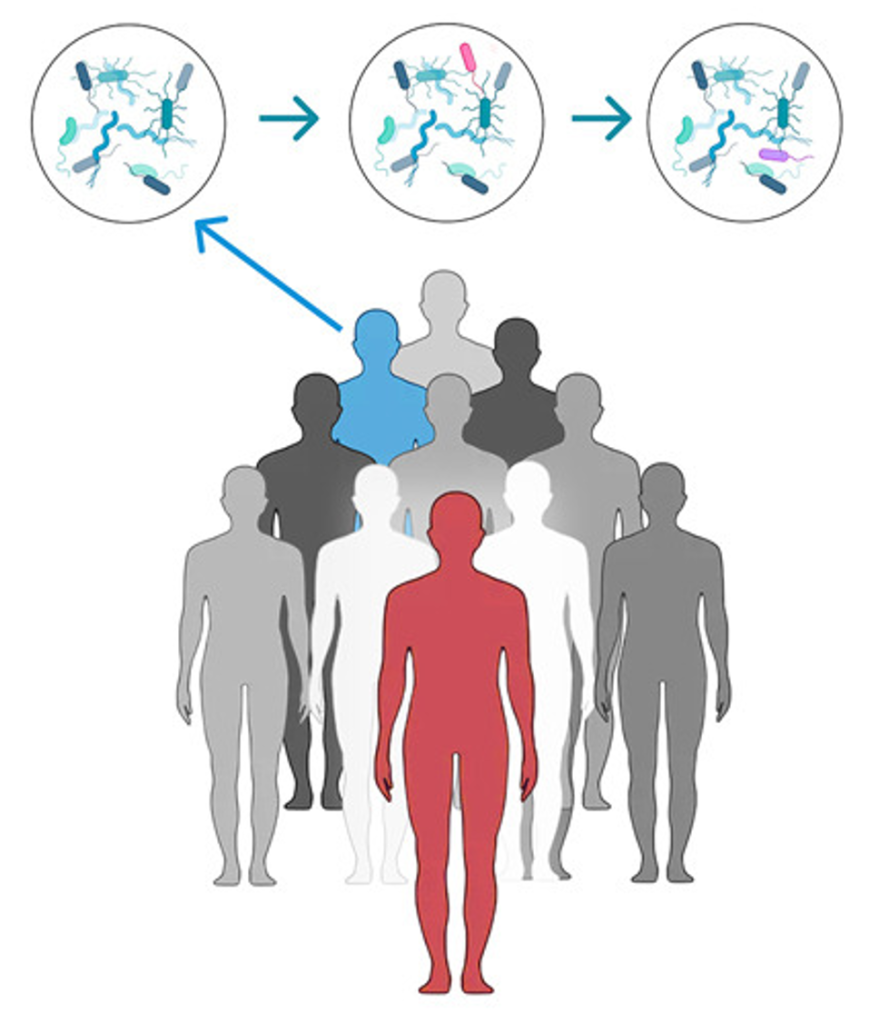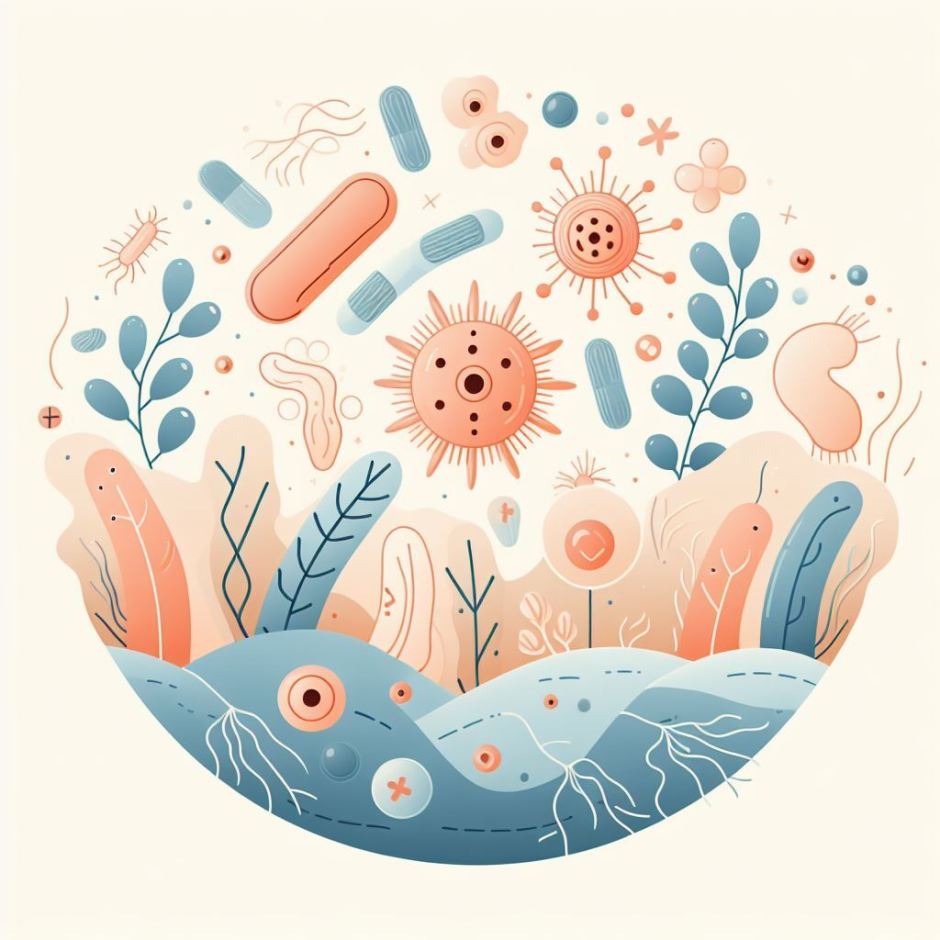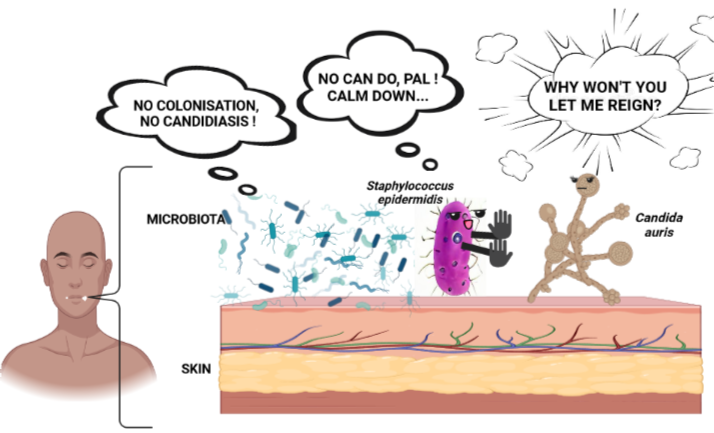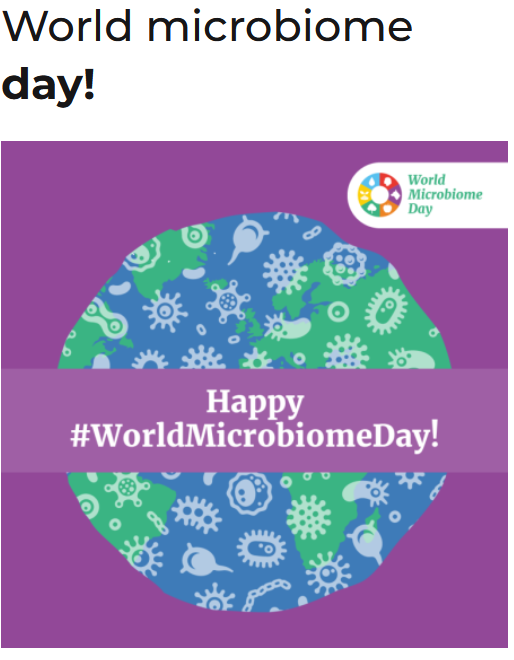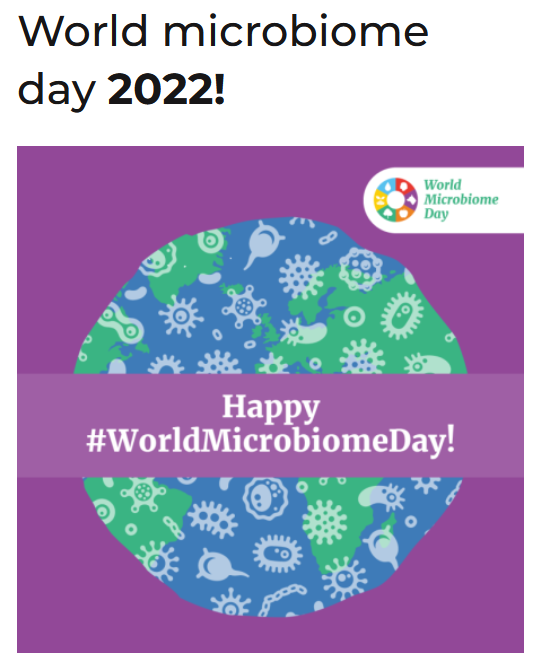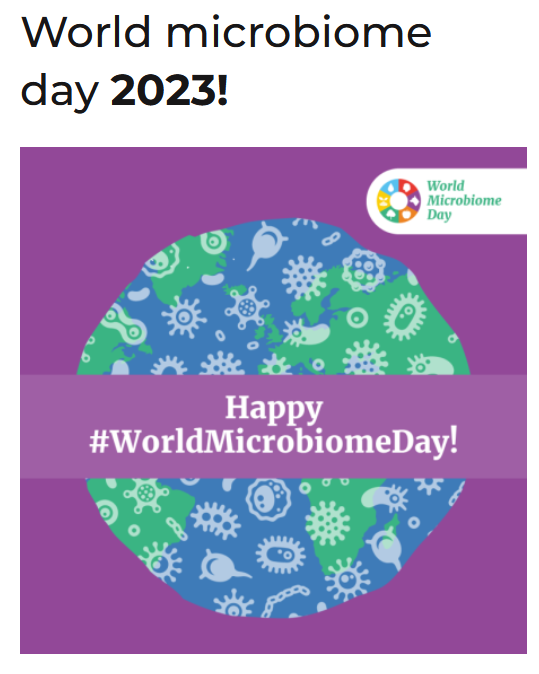
Breaking down the microbiology world one bite at a time
World microbiome day 2024!
Microbiomes are not just human microbiomes, a microbiome refers to microorganisms in a defined environment along with the environment itself (ISAPP).
Learn about what is a microbiome by the Microbiology Society.
Special microbes & unusual places to find them
Candidatus electronema, a living conductor of electricity
This remarkable bacterium forms microbial chains at the bottom of oceans and lakes, conducting electricity over several centimetres through tens of thousands of connected bacterial cells. In the oxygen-deprived depths of sediment, Candidatus electronema oxidizes sulphide to sulphate, transferring electrons via conductive fibres to oxygen at the other end. This unique redox reaction allows the bacterium to thrive and suggests potential uses as a biodegradable power cable.
Beyond its electrical capabilities, Candidatus electronema plays a crucial role in environmental preservation. It accelerates the breakdown of pollutants in hydrocarbon-contaminated waters and reduces greenhouse gas formation. Initial greenhouse trials with rice plants have shown that adding this bacterium to the soil reduces methane emissions by over 90%. Candidatus electronema cannot yet be cultured in a laboratory despite its potential. C. electronema is the microbe of the year 2024, this celebration highlights the incredible diversity and potential of the microscopic world, showcasing how a tiny bacterium could illuminate paths toward a sustainable future.

The solar panel microbiome, from sun to health
Microbial communities exposed to sunlight, such as those on solar panels, have adapted to survive high radiation levels. These adaptations include efficient DNA repair, pigment production, and protection against oxidative stress. Researchers have discovered that solar panels, despite their harsh conditions, host a diverse array of pigmented bacteria with significant antioxidant properties.
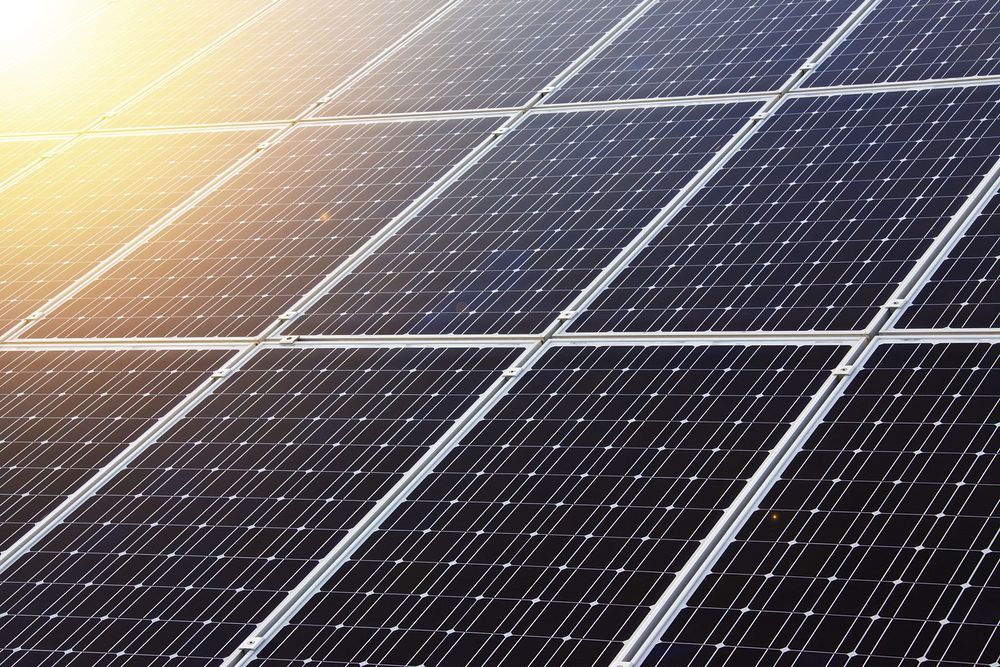
In a new study, scientists isolated and tested bacteria from solar panels using the nematode Caenorhabditis elegans. The results showed that these bacteria are rich in carotenoids, which are natural pigments that protect against harmful radiation and oxidative stress. These bacteria demonstrated high antioxidant and UV protection capabilities. The potential applications of these findings are vast. For instance, antioxidants protect cells from oxidative stress, which is linked to diseases like Alzheimer’s, cardiovascular diseases, and cancer. The pigmented bacteria from solar panels could be used in the pharmacological and food industries to develop new antioxidant treatments. Additionally, their UV protection properties make them promising for the cosmetic industry, particularly in products that protect against sunlight-induced skin damage.
This study highlights the untapped biotechnological potential of microorganisms in extreme environments, suggesting that solar panels could be a valuable source of new, natural antioxidants for various industries.
Discover more microbiome stories on MicroBites
Previous Microbiome day editions
